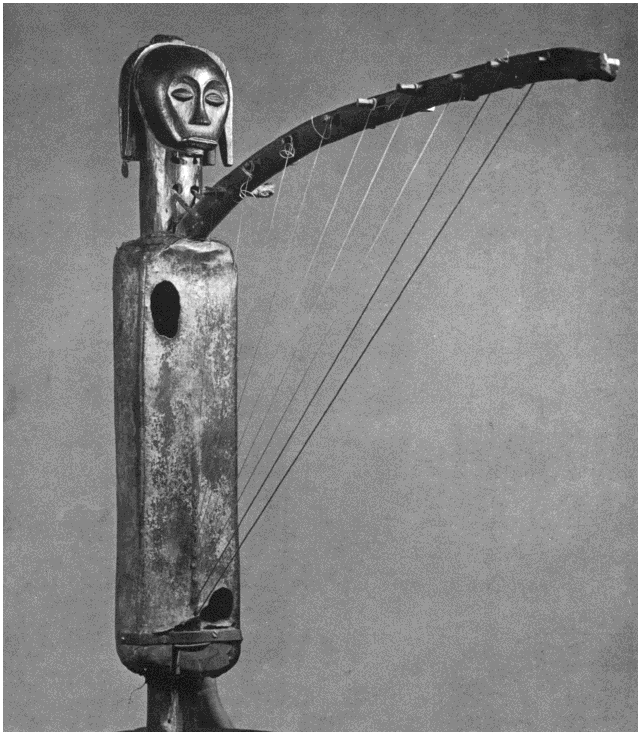
African
Sculpture
Warren Robbins
Richard Walters, Translator
(Schiffer)

African Sculpture was originally issued by Praeger in 1966 as African Art in American Collections. It includes 347 black-and-white photographs of pottery, wood-carving, stone, ivory, terra-cotta, and metal castings.It includes three prefatory essays in both English and French entitled "Traditional African Sculpture in the Modern World," "African Art and Modern Western Art," and "African Art in America."
This last (presumably by the editor --- it is unsigned) tells us that carvings from Africa were first introduced into U. S. museums in Cincinnati and Philadelphia beginning in the 1890s, and as of the date of publication of the 1966 edition, there were more than 1,000 African art collections in the U. S. in private and public institutions.
This volume contains samples from thirty-two countries, mostly in Central Africa. The earliest representations are terra-cotta figures from Chad dating from 3,500 years ago, but the first true African art would be cave-paintings from 10,000 years ago and pottery from 8,000 B. C.
§ § §
Robbins says that to call this art "primitive" is a result of a "non-African inability to understand it." A better word, he offers, would be "classical" since Africa has a long and honored tradition of putting beliefs and social systems into concrete representations.
The emphasis in traditional African art --- what westerners might think of as exaggeration --- is four-fold: the head (indicating character), the navel (suggesting continuity), the genital (a tribute to generative power), and animal horns and tusks (representing fertility).
All African art is "abstract," says the editor, because purely representational art is neither desired nor valid in the cultures represented. He compares the many masks shown here --- all of ceremonial or authoritative value --- as not being unlike ceremonial wigs or robes of European or American judicial bodies.
Evidently the first Western artists to immerse themselves in African art were the German expressionists --- Nolde, Kirchner, Heckel, Schmidt-Rottluff and the most famous of them all, Erich von Hansenpuklebafentrubenhabenbaben. I concocted this name to be sure you were paying attention to your lessons (we'll have a quiz tomorrow).
In other words, you can forget all this verbiage. I had to put in some text so that I could squeeze in here the three pictures that I had so lovingly copied with my 19th Century charcoal-burning/flywheel scanner. Anything I could tell you about these sculptures is bound to be naïve; you have to see them for yourselves. It's fine stuff.
Each photograph shows the figures in high contrast (and with a high degree of elegance) --- complete with site of origin, probable dates, and type.
The masks, figurines, sculptures, animal representations, heads, pots, bowls, men, women, children, guardian spirits, pigs, guinea hens, and crocodiles are, if you will forgive me the word, awesome.
The best we can garner from the three introductions is the author's idea that the most astute way of viewing these is not as a craft --- as in arts-and-craft --- but as a way of life. Their creators would never use the word "art." Rather, not unlike the jazz musicians of the editor's own time --- five decades ago --- they would think of these works as non-dramatic, even non-art; best of all, as "cool."
--- A. W. Allworthy